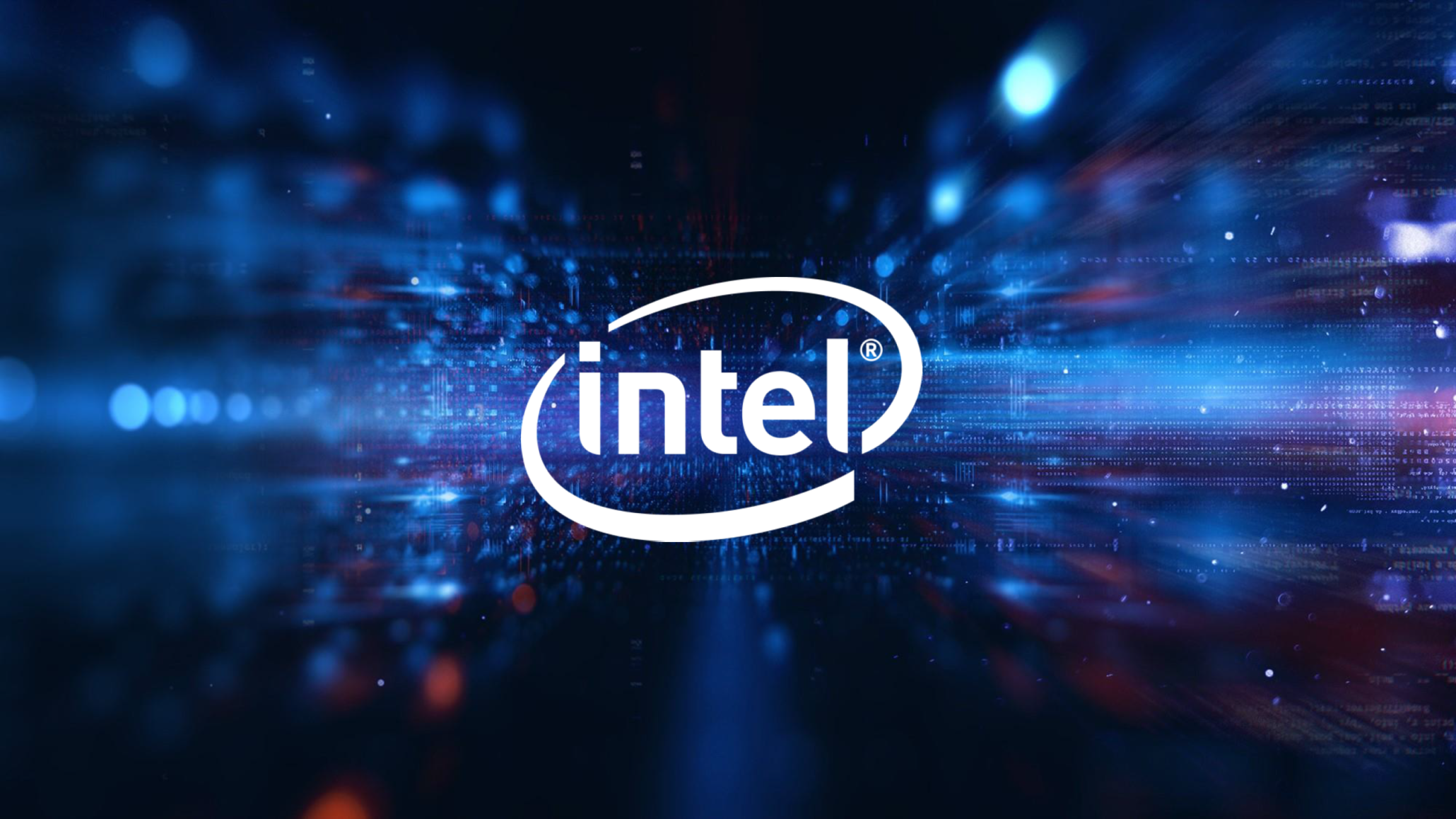This guest post was contributed to TechCabal by Joel Adeyemi Adefidipe.
Intel is a household name with regard to the manufacturing of CPUs. Everyone knows Intel because on every Windows PC there’s a tag like “Intel Celeron/Pentium/core i3”. Even Apple’s MacBook CPUs were manufactured by Intel, until recently when Apple reeled out its M1 processors for its laptops. While Intel is known for CPUs, two giants have dominated the dedicated Graphics Processing Unit (GPU) cards (or graphics card) sector: NVIDIA and AMD.
Do not get it wrong, GPUs are not entirely a foreign realm to Intel. Intel has a line of integrated graphics cards that feature in all windows laptops. In 2021, Intel released the dedicated Iris Xe graphics low-end graphics card. However, when graphics cards are in issue, the powerhouse is the high-end graphics card and their attendant graphics-enhancing technology.
High-end graphics cards are the heavyweight GPUs, and they are used for a wide range of activities ranging from mostly gaming and graphics production to cryptocurrency mining. In fact, when the crypto market was bullish, the demand for high-end graphics increased. Apart from these, laptops and desktop computers benefit from the aid that high-end graphics renders to the CPU.
The duopoly of Nvidia and AMD
NVIDIA and AMD are the two companies at the forefront of high-end graphics card production. The two companies have a combined graphics card market share of 99%, NVIDIA with 75% and AMD with 24%. NVIDIA is the manufacturer of GTX and RTX graphics cards. The company also has in its arsenal the DLSS (deep learning super sampling) technology which is exclusive to its RTX cards. The technology allegedly improves the graphics experience in games without taxing the graphics card much. On the other hand, AMD has a line of Radeon RX cards with FSR (FidelityFX Super Resolution) technology.
This duopoly has ensured that NVIDIA and AMD remain at the top of the high-end graphics cards sector, controlling its prices, among other things. The price of NVIDIA and AMD graphics cards could go as high as $1,600 (about ₦1.1 million). However, a recent development threatens this duopoly.
Intel’s industry-rocking announcement
Intel confirmed the date of release and price of its high-end Arc graphics cards during the announcement of its 13th-generation Raptor Lake CPUs. It announced that Arc A770, the first of the Arc graphics cards line, would be released on October 12, 2022 with a debut price of $329. Intel also has under its wings the Xess graphics technology claimed to rival NVIDIA’s DLSS and AMD’s FSR.
Intel has claimed that the Arc A770 graphics card rivals NVIDIA’s RTX 3060 Ti. By extension, it would also rival AMD’s Radeon RX 6800. The current average price of RTX 3060 Ti and Radeon RX 6800 currently is $440 and $420 respectively. The price of Intel’s new card is competitive and can pull demand towards itself if every other thing in marketing is done right. Also, Intel being a semiconductor tech giant makes their claim much more credible.
When the high-end graphics cards industry was a monopoly, NVIDIA was the prominent player in the high-end GPU sector. AMD began its GPU business in 2006, after acquiring ATI. Now AMD has established itself as a competitor in the industry. AMD used an arsenal of marketing strategies to carve a niche for itself. It focused on budget gaming and marketed performance for prices lesser than NVIDIA’s. If AMD could end NVIDIA’s monopoly, then Intel has the resources and capability to unsettle the duopoly that obtains in the industry.
The announcement by Intel has the potential to rock the duopoly in the graphics card industry at its core and disrupt future trends in the industry. It will be interesting to see whether Intel has what it takes to break into the industry, cement a place for itself in the GPU manufacturing race, and end the duopoly in the sector. The task of rising to the level of a competitor in the industry is not going to be easy as the GPU giants will not take this development lying down. NVIDIA has set the release of its RTX 40 series graphics card for October 12, the same day Arc 770 of Intel is going to be released. AMD has announced that the launch of its new Radeon RX 7000 series will take place on November 3 this year.
Joel Adeyemi Adefidipe is a graduate of law from the University of Lagos, with an interest in the tech industry and tech products.











